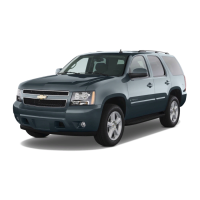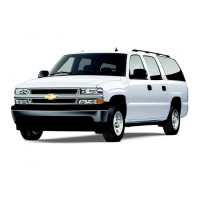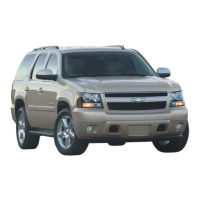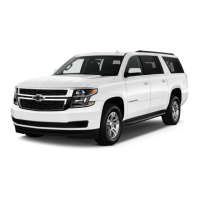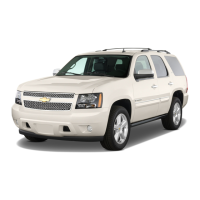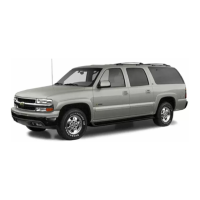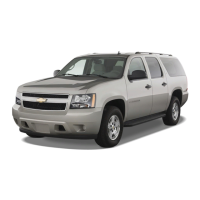keep
a
cloth and some glass cleaner in your vehicle
if
you need to clean
your glass frequently.
Remember that your headlights light up far less of a roadway when you are
in
a turn or curve.
Keep your eyes moving; that way, it’s easier to pick out dimly lighted objects.
Just as your headlights should be checked regularly for proper aim,
so
should
your eyes be examined regularly. Some drivers suffer from night
blindness-the inability to see in dim light-and aren’t even aware of it.
Driving
in
the
Rain
AN455012
Rain and wet roads can mean driving trouble. On a wet road you can’t stop,
accelerate or turn as well because your tire-to-road traction isn’t as good as
on dry roads. And,
if
your tires don’t have much tread left, you’ll get even
less traction.
It’s always wise to go slower and be cautious
if
rain starts to fall while you
are driving. The surface may get wet suddenly when your reflexes are tuned
for driving on
dry
pavement.
The heavier the rain, the harder it is to see. Even
if
your windshield wiper
blades are in good shape, a heavy rain can make it harder to see road signs
and traffic signals, pavement markings, the edge of the road, and even
people walking. Road spray can often be worse for vision than rain,
especially
if
it comes from a dirty road.
4-37

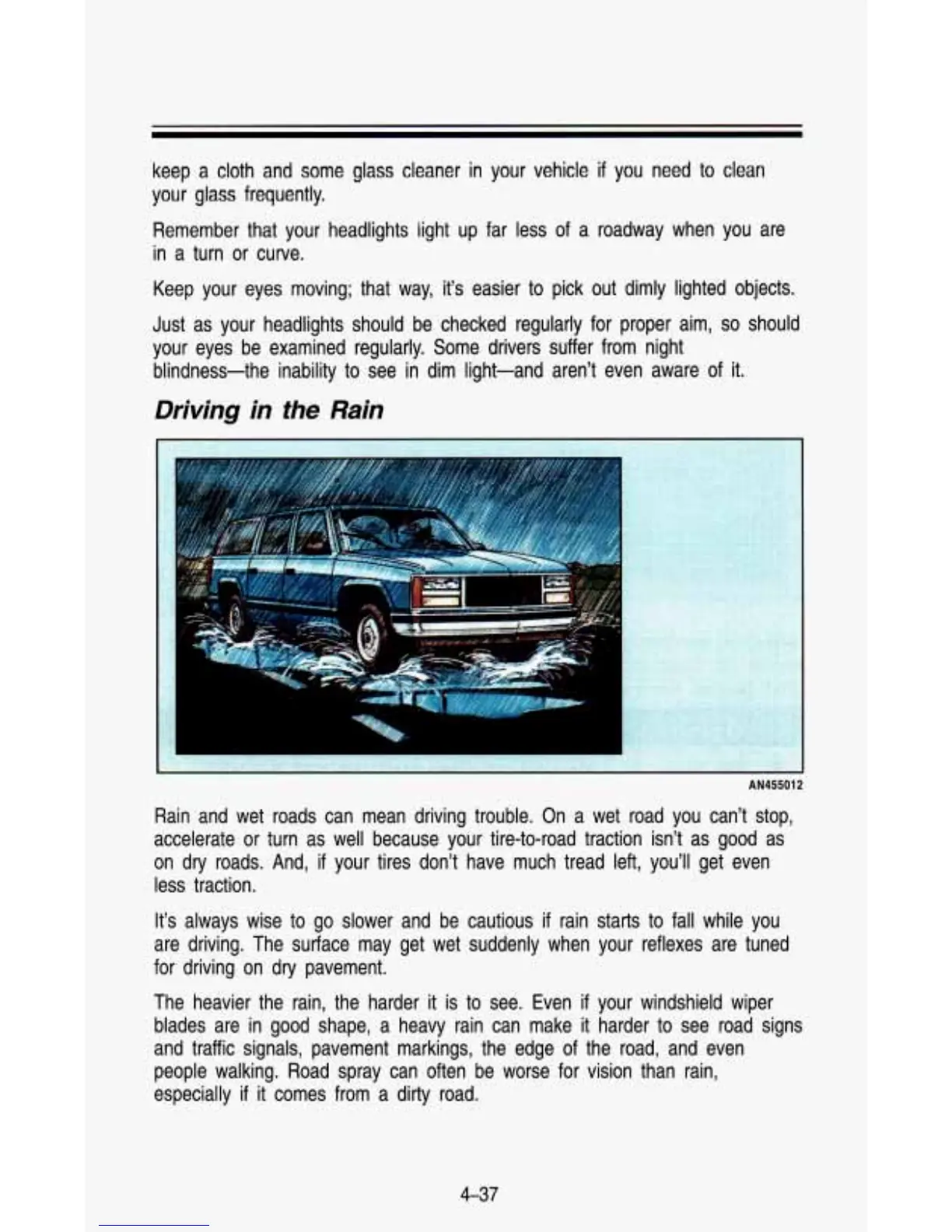